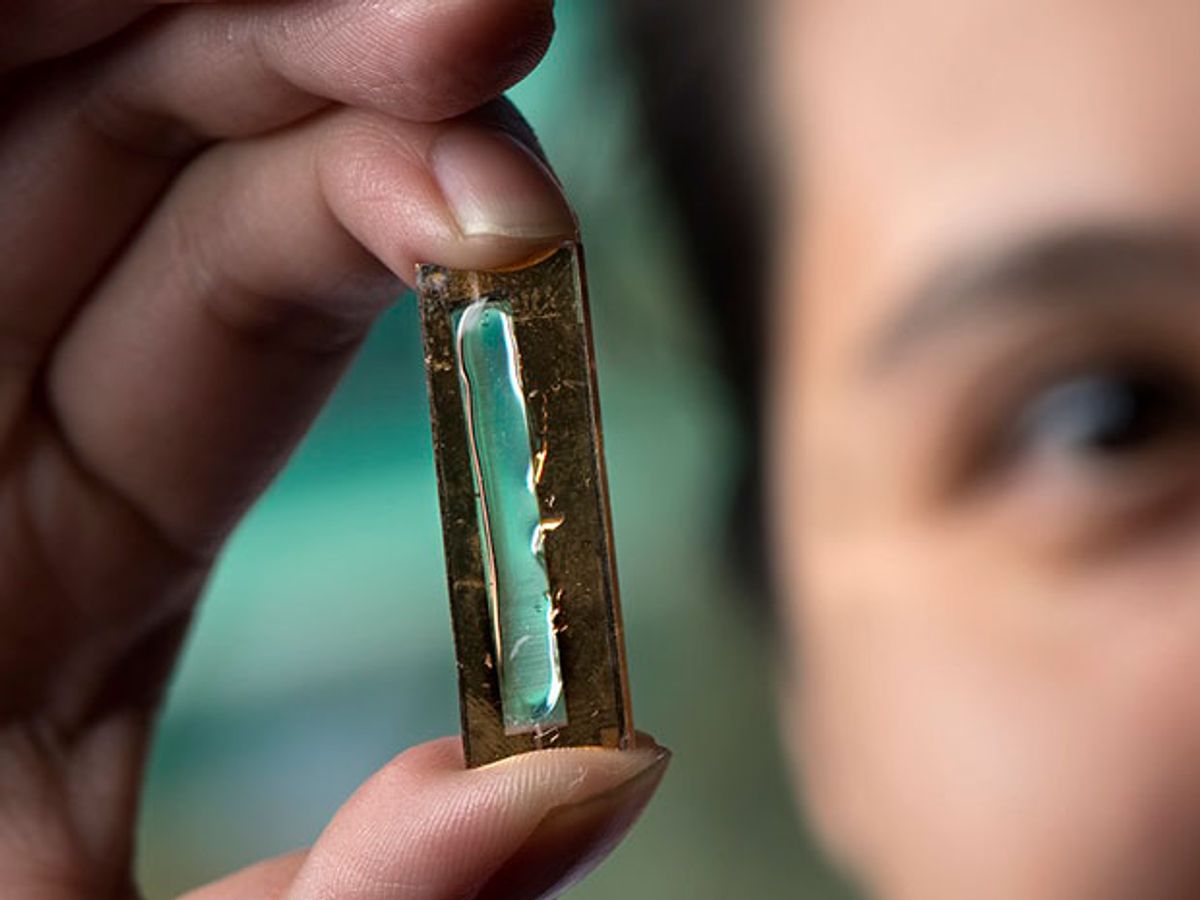A new battery material based on nanowires that can be recharged hundreds of thousands of times, could lead to commercial batteries for smartphones, laptops, appliances, cars, and spacecraft that have greatly enhanced lifespans, researchers say.
Scientists have long sought to create batteries using nanowires—strands only nanometers, or billionths of a meter, wide. Their tremendous surface area when compared with their volume makes them spectacular at storing and transferring electrical charge.
“Nanowires enable battery technology with higher power; you're able to get more current out of a battery the same size as [today’s] batteries, and make batteries smaller and get the same performance out of them as [the ones that are commercially available],” says Reginald Penner, an electrochemist at the University of California, Irvine.
The one drawback of nanowires has been their fragility, Penner says. Their thinness increases their susceptibility to dissolving and fragmenting under repeated cycles of discharging and recharging.
But now, Penner and his colleagues have developed a way to counteract that fragility. The researchers coated gold nanowires in manganese dioxide shells and formed an electrode by encasing hundreds of these nanowires together in a gel made from the same molecule found in acrylic glass. “The gel has the consistency of peanut butter,” Penner says. The scientists detailed their findings in 20 April online edition of the journal Energy Letters.
In experiments, the scientists cycled their electrode on and off up to 200,000 times over the course of three months without detecting any loss of energy storage capacity or power and without fracturing any nanowires. Typically, nanowire-based battery materials die after 7,000 or so cycles at the most, the researchers say. “It's surprising that such a simple change can trigger such a profound change in cycle stability,” Penner says.
The researchers suspect that the highly viscous and elastic acrylic glass plasticizes the manganese oxide shell, granting it flexibility and preventing it from cracking. A control sample of gold and manganese nanowires without the acrylic glass lasted only about 8,000 cycles.
Future research will explore if using a gel electrolyte can enhance other kinds of nanowires, Penner says. Subsequent work can also investigate other kinds of gels, and determine what effects will result from modifying the viscosity and other properties of the gels.
Charles Q. Choi is a science reporter who contributes regularly to IEEE Spectrum. He has written for Scientific American, The New York Times, Wired, and Science, among others.



